First #S4Stride workshop was hosted by Tuscany online
21/06/2021
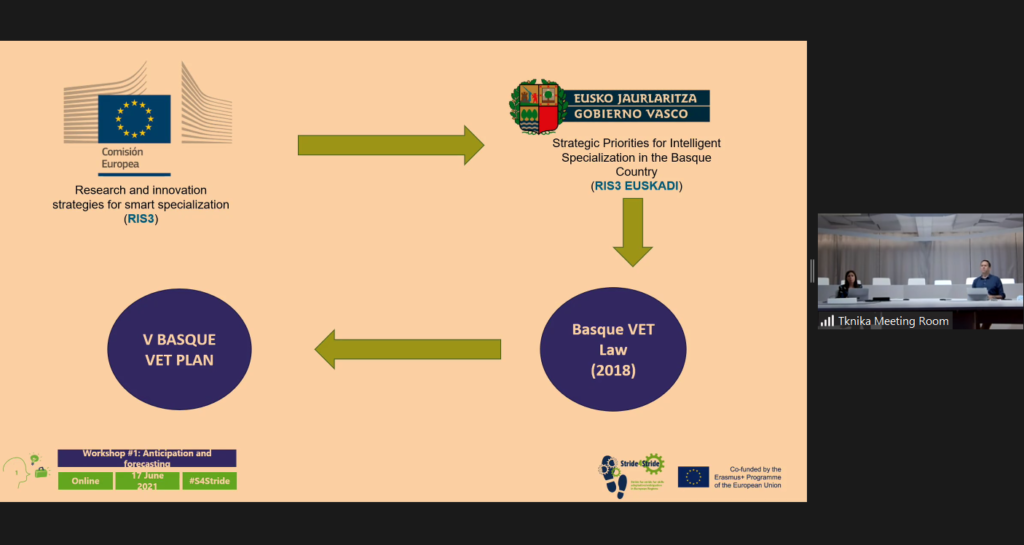
The first best practice exchange workshop under the #S4Stride project’s umbrella (Stride for stride for skills adaptation/anticipation in European regions) was held online on 17 June 2021. #S4stride is coordinated by Brittany Region and co-funded by the Erasmus+ programme of the European Union. The goal of the event, hosted by Tuscany Region and IRPET, was to identify innovative actions and programmes in the field of skills anticipation and forecasting as a first step into the skills intelligence process. The session was divided in two parts, first featuring the Italian experience, and then gathering regional best practices from six European regions.
Project partners were welcomed by Olivier Gaudin, Director of Employment and Training at Brittany Region, and the workshop was moderated by Miriana Bucalossi, Head of Apprenticeship Policies and EU Project Management Unit at the Tuscany Region. An overview of the Italian labour market and skills matching technologies was offered by Roberto Trainito, Director at PwC Italy, providing Technical Assistance for Inapp, National Institute for Public Policies Analysis. He introduced the Atlas of Work and Qualifications, its legislative framework within the Italian lifelong learning policies, case schemes and stakeholder engagement in it. Then, Giampaolo Montaletti, from PoliS-Lombardia, research centre of Lombardy Regional Government, provided an overview of this institution’s DATALab, a joint effort to exploit data science, machine learning and AI tools to support change in regional policy monitoring and planning, as well as in public service provision.
Then, a tour through regional experiences featured how regional and local administrations work towards efficient and effective skills anticipation systems. Kate Clarke, Senior Advisor at Vestland County Council, introduced how inter-sectoral worker mobility is analysed in the region, the link between skills intelligence and smart specialization, and how these challenges are tackled by the region through inter-regional cooperation. In this sense, she introduced the RIGHT Interreg project (Right Skills for the Right Future) and the region’s expectations from #S4Stride. Her presentation was complemented by the local perspective from Jostein Eirtheim, CEO at Hardanger Council, who zoomed into the regional and local stakeholders to be involved in #S4stride.
Inge Gorostiaga, Head of Unit at the Basque Vice-Ministry for VET, and Juan Carlos Molinero, Technological Innovation and Intelligence Systems Director at TKNIKA (Basque VET Applied Research Centre), introduced the Basque VET Innovation System. The regional strategy is anchored in the European Commission’s recommendations and regional legal instruments have been developed, such as the Basque VET Law (2018) and the V Basque VET Plan. Skills innovation in the region is managed through network hubs, strongly connected with VET centres and aligned with the region’s smart specialization strategy (RIS3).
The partnership approach for prospective analysis of employment skills in Brittany Region was introduced by Isabelle Cupit, Project Manager, and Rachel Montier, responsible person for economic intelligence at the “Cellule économique de Bretagne,” a sectoral observatory in Brittany. This strategy is supported by the regional employment and training observatory and aims at creating synergies through a skills approach between the action of the regional council, the National Education and Labour Administrations in Brittany, employer associations and trade unions.
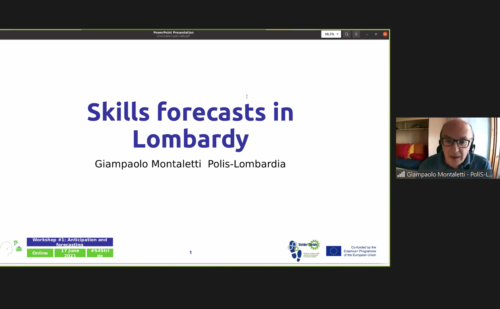 |
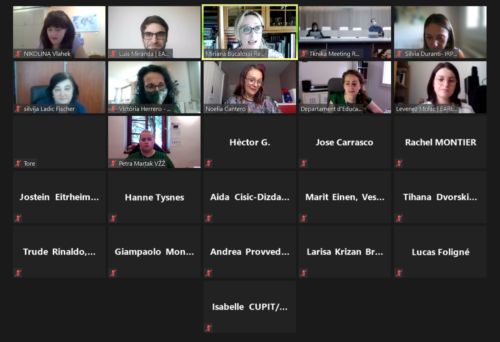 |
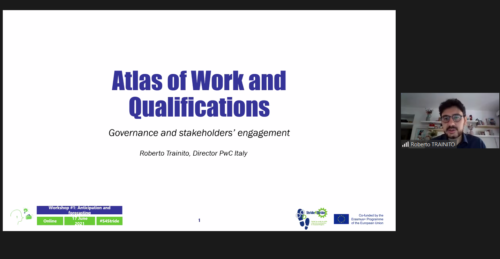 |
Then, the Catalan experience was presented by Irma Núñez, Project Manager at Catalonia’s Department of Education, and Amador González, teacher at Manolo Hugué VET Centre. The Catalan VET system develops innovation through its networks, among which the most relevant ones for skills anticipation are FPdual, empresaFP, innovaFP and futuraFP. Furthermore, a learning agreements and work placement statistics are key data provided to the region through its integrated database (Banc Integrat de Dades), the council of chambers of commerce, and the work observatory (Observatori del Treball). A key example of cooperation is the common project between Manolo Hugué VET centre and the company Simon.
The Tuscan strategy is led by IRPET, the regional institute for economic planning. Silvia Duranti, researcher dealing with educational training and social policies, offered a vision of the use of data to plan the training offer of regional VET courses (IeFP) in the region. She introduced the different analysis tools available in the regions and how the path is traced from qualifications to occupations.
Lastly, Nicolina Vlahek, from the Vocational High School Varaždin, and Petra Martak, from Varaždin County, presented the methods and tools used in detecting labour market needs in Varaždin. Skills forecasting is generally developed and carried out by local and state agencies, governance and sector councils in cooperation with the Ministry of Education and Schools. A key example of this system is Lepeza VŽ, a local employment partnership co-financed by the European Social Fund.
*This press release was originally published at the s4stride.eu website.
Useful links
More information about the workshop and useful documents available at the workshop’s webpage.
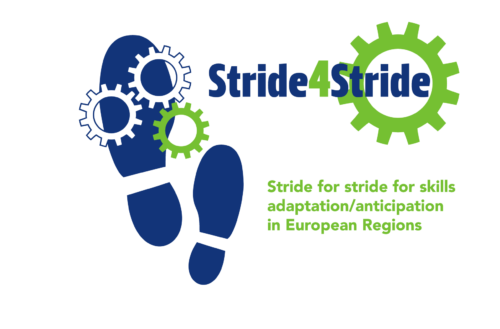 |
 |




